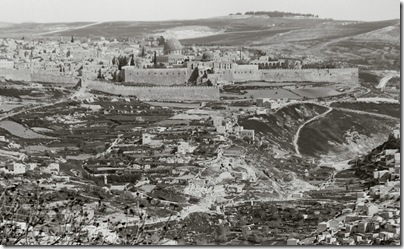Shanks has posted his current perspective on the forgery trial, including his reason for believing that the prosecution is doomed, and a list of reasons why he thinks the Jehoash Inscription is authentic.
Some of this is old new, but there were some things that I hadn’t heard before.
